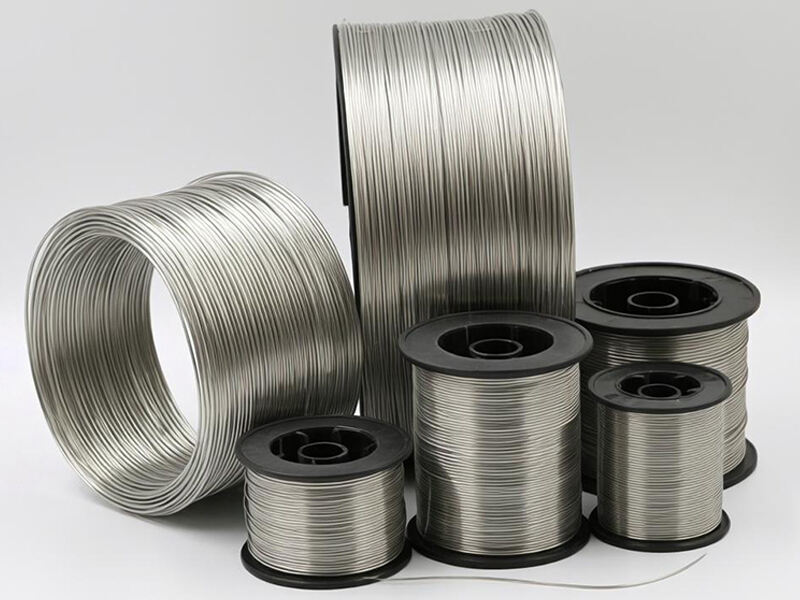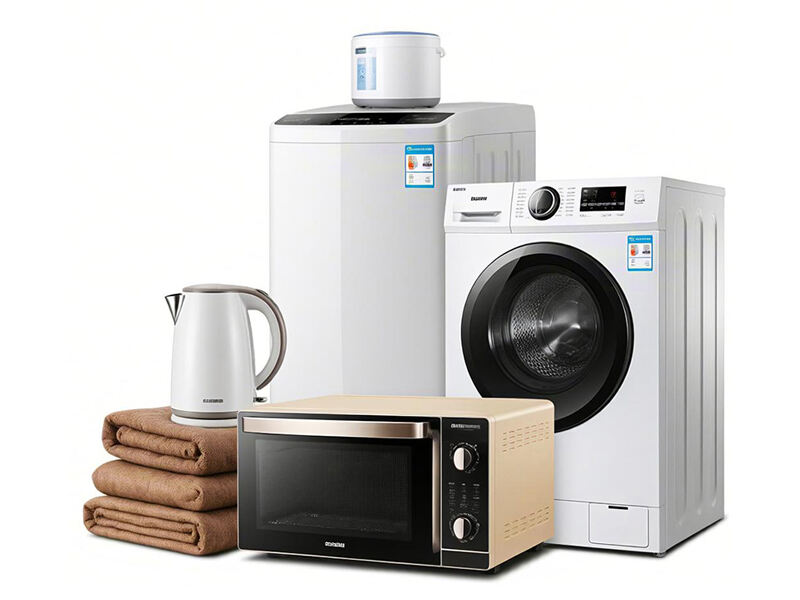Resistance wires, such as Iron-Chromium-Aluminum (FeCrAl) and Nickel-Chromium (NiCr), are essential materials in various industrial and consumer applications. Known for their excellent heat resistance and electrical properties, these alloys are widely used in heating, cutting, and temperature sensing technologies. This article explores their specific uses in both industrial and domestic settings, highlighting their unique advantages.
1. Heating Elements for Industrial Furnaces
FeCrAl and NiCr wires are extensively used in industrial furnaces that require consistent, high-temperature operation. Their ability to withstand temperatures above 1200°C makes them ideal for:
· Heat treatment processes (annealing, tempering, sintering).
· Glass and ceramic production kilns.
· Melting and casting in metallurgical industries.
FeCrAl is often chosen for applications requiring higher oxidation resistance at elevated temperatures, while NiCr is preferred for its superior ductility and stability under thermal cycling.
2. Cutting and Welding Technologies
Resistance wires are indispensable in industries that require precision cutting of materials like foam, plastic, and fabric. NiCr wires, in particular, are favored due to their excellent flexibility and consistent performance during:
· Hot wire foam cutting: Used in packaging and construction for precise shaping of polystyrene and similar materials.
· Welding equipment: As heating components in spot welders and other thermal joining tools.
3. Petrochemical and Process Industries
In petrochemical plants, FeCrAl and NiCr wires are used in heaters for cracking and reforming hydrocarbons. They also find applications in processing equipment requiring controlled thermal environments, such as:
· Catalytic reactors
· Chemical vapor deposition systems
1. Household Heating Devices
In the home, FeCrAl and NiCr wires are found in everyday appliances such as:
· Toasters and ovens: NiCr wires are widely used for their stable heating properties.
· Hair dryers and irons: FeCrAl wires are preferred for their high resistance to oxidation and long service life.
· Electric space heaters: These wires serve as core components for efficient heat generation.
2. Electronic Cigarettes
NiCr wires are commonly used in the heating coils of electronic cigarettes due to their consistent performance and compatibility with temperature control technologies.
3. Defrosting and Demisting
Resistance wires are embedded in car windows and refrigeration units to provide rapid defrosting and demisting solutions.
Why Choose FeCrAl or NiCr?
| Appartementen | FeCrAl | NiCr |
| Max. Hoogte Operationele Temp. | Tot 1100 ° C | Tot 1250 ° C |
| Oxidatieweerstand | Excellent (aluminum oxide layer) | Goed |
| Thermisch fietsen | Gemiddeld | Uitstekend |
| Flexibiliteit | Lagere | Hoger |
| Kosten | Meer economisch | Duurder |
Opkomende toepassingen
The versatility of FeCrAl and NiCr wires is expanding into emerging technologies:
· 3D Printing: As heating elements in polymer extrusion and sintering applications.
· Energy Storage Systems: In thermal energy storage units for renewable energy solutions.
Conclusie
Both FeCrAl and NiCr resistance wires play vital roles in industrial and domestic applications. Their unique properties cater to diverse requirements, from high-temperature furnace operations to compact consumer electronics. As technology advances, the demand for these materials continues to grow, promising further innovation in heating and resistance-based solutions.
Suggested Image Description
1. A cross-section of an industrial furnace using resistance wire heating elements.
2. A close-up of a NiCr wire coil in a household toaster.
3. Diagram comparing the oxidation resistance and thermal performance of FeCrAl and NiCr wires.


Nr. 88, Luome Industriepark, Dainan Stad, Xinghua, Taizhou Stad, China
Copyright © TS Heating Alloy Materials Co., Ltd. Alle rechten voorbehouden | Privacybeleid